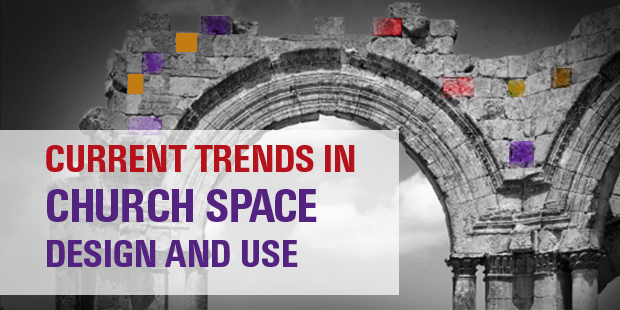
Everything is an Experiment
One of our core values at National Community Church is everything is an experiment. Let me try to unpack it.
We believe that there are ways of doing church that no one has thought of yet. Our theology doesn’t change, but our methodology does. Have you ever noticed that there is no “order of service” in Scripture. Why? Because it would stifle creativity. Yes, there are traditions and ordinances that every true church adheres too! But every church has a unique churchprint. And I believe we need lots of different kinds of churches because there are lots of different kinds of people! The one common denominator is the gospel.
One of the great dangers of leadership is that at some point you can accumulate so much “know how” that you stop leading out of imagination and start leading out of memory. That’s when you stop creating the future and start repeating the past. That’s the day you stop living and start dying.
There is a concept in the realm of science called critical realism. Think of it as scientific humility. It’s the recognition that every theory is amendable because new discoveries are bound to be made. Now, please don’t misunderstand. I believe the canon of Scripture is closed. I believe it is the inspired Word of God. I believe that Jesus is the way, the truth, and the life. And I am a sinner saved by grace. Those truths are eternal and unchangeable. But systematic theology is an oxymoron. Too often it’s our attempt to control God by reducing Him to measurable and manageable terms. The moment you think you have God all figured out, you’ve created an idol. He doesn’t fit within the tiny confines of our logical left-brains! Yes, He is the same yesterday, today, and forever. But God is also predictably unpredictable! He works in strange and mysterious ways.
My advice? Stay Humble. Stay Hungry.
I love the old axiom: live as if you’ll die tomorrow, but learn as if you will live forever! Living experimentally is simply learning as much as you can about as much as you can. You are always learning. You are open to new ideas. You are open to new experiences. In the words of Albert Einstein, “Never lose a holy curiosity.”
Eight times the Psalmist says, “Sing to the Lord a new song.” I can’t remember the original citation, but I remember reading a study once that suggested that we stop thinking about the lyrics of a song after we’ve sung it thirty times. That’s why we need to write new music. Every new song is a musical experiment. For what it’s worth, check out some of our NCC originals.
When we went multi-site, it was an experiment. Our cafe in Berlin is an experiment. So was our coffeehouse. So was the first series trailer we produced. So is our free market system of small groups. So is our staff structure. So is everything we tried for the first time!
I’m more afraid of missing opportunities than making mistakes. We need the freedom to fail. In fact, if you haven’t failed lately it’s probably because you aren’t trying anything new! I believe that experimentation is an expression of faith. It’s believing that there is a new way, a better way of doing something. It’s striving toward excellence, which honors God. And it’s giving expression to the infinitely creative Spirit that dwells within us and sanctifies our imaginative right-brains!
Everything is an experiment.
Read more from Mark here.

Tags: Core Values, Mark Batterson, National Community Church, Vision Frame














